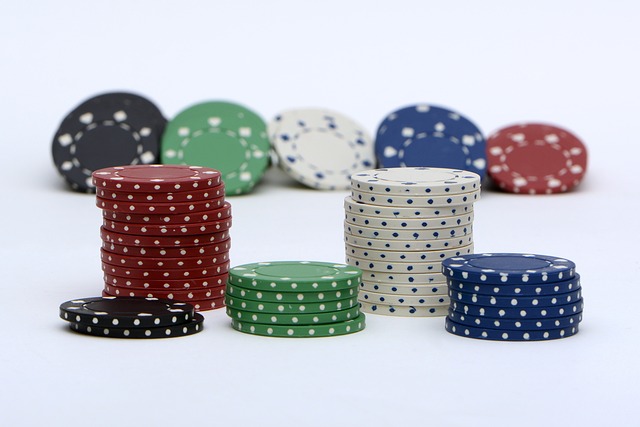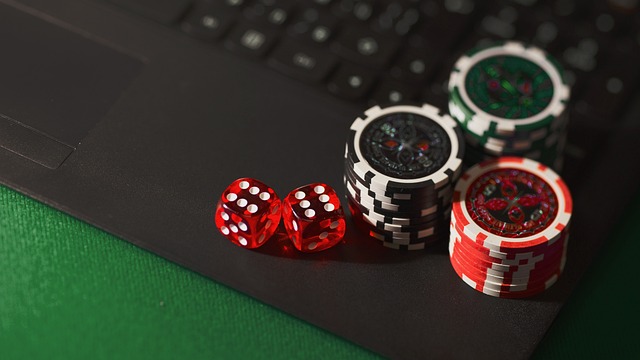Poker, particularly Texas Hold’em, is a game that combines skill, strategy, and psychology in equal measure. While the rules are simple to grasp, mastering the game requires a deep understanding of tactics, the ability to read your opponents, and the art of bluffing. If the game is your favorite at Bizzo Casino, let’s delve into the world of Texas Hold’em poker tactics, focusing on the crucial skills of reading opponents and bluffing like a pro.
The Basics of Texas Hold’em
Before we dive into advanced tactics, let’s quickly review the basics of Texas Hold’em poker. This popular variant of poker is played with a standard 52-card deck and can accommodate 2 to 10 players at a single table. Each player is dealt two private cards, known as hole cards, and five community cards are dealt face up in the center of the table.
The objective of the game is to make the best possible five-card hand using a combination of your hole cards and the community cards. The hands are ranked from highest to lowest, with the royal flush being the best hand and high card being the lowest.
Now that we’ve covered the essentials, let’s explore the tactics that can help you gain an edge in Texas Hold’em.
The Importance of Reading Opponents

- Observation: Successful poker players are keen observers. Pay attention to your opponents’ actions, expressions, and betting patterns. Look for clues that reveal the strength of their hand or their emotional state.
- Table Position: Your position at the poker table is crucial. Being in a late position allows you to gather more information about your opponents’ moves before you have to make a decision. This advantage should influence your strategy.
- Betting Patterns: Watch how your opponents bet. Do they raise frequently, or are they more conservative? Do they tend to bet big with strong hands and small with weaker ones? Understanding their tendencies can help you make informed decisions.
- Body Language: While it’s not always as reliable as in movies, body language can still provide valuable insights. Be on the lookout for signs of nervousness, confidence, or hesitation in your opponents.
- Studying Your Opponents: Over time, you can build a profile of each opponent at your table. Are they tight or loose players? Do they bluff often? Use this information to adjust your strategy accordingly.
Bluffing Like a Pro
Bluffing is an art form in poker, and when executed effectively, it can be a powerful weapon in your arsenal. Here are some key tips on how to bluff like a pro:
- Choose the Right Moments: Not every situation is suitable for bluffing. Bluff when the circumstances are in your favor, such as when you have a tight table image or when the community cards suggest a strong hand.
- Be Consistent: Maintain a consistent betting pattern throughout the game. This makes it harder for opponents to detect when you are bluffing.
- Act the Part: When you decide to bluff, act confidently. Don’t display signs of nervousness, hesitation, or excitement. The goal is to make your opponents doubt their own hand, not to give away your intentions.
- Use Position to Your Advantage: Bluffing is often more effective when you are in a late position. You can gauge the reactions of your opponents before making your move, giving you a better chance of success.
- Mix it Up: Avoid becoming predictable. While consistency is important, occasionally mix in some bluffs with your strong hands to keep your opponents guessing.
- Size Your Bets Appropriately: Your bet size should be consistent with the story you are trying to tell with your bluff. A small bet may look weak, while an overly large one might appear suspicious.
- Consider Your Image: Your table image matters. If you’ve been playing tight and conservative, your bluffs may be more credible. Conversely, if you’ve been bluffing frequently, your opponents may call you out.
Combining Reading and Bluffing

The most successful poker players are masters at combining the skills of reading opponents and bluffing. Here’s how you can merge these tactics:
- Exploiting Weakness: When you read an opponent as having a weak hand or being prone to folding, use that knowledge to bluff them out of a pot. Your well-timed bluffs can capitalize on their vulnerability.
- Avoiding Strong Opponents: If you sense that an opponent is skilled at reading bluffs, be cautious about bluffing against them. Instead, focus on outplaying them with strong hands.
- Trapping Your Opponents: Sometimes, it’s best to slow-play strong hands and let your opponents bluff into you. This can lead to bigger pots and larger winnings.
- Changing Gears: As the game progresses, adjust your strategy. If your opponents catch on to your bluffs, switch to a tighter playing style. Conversely, if your table image is too tight, consider loosening up and bluffing more frequently.
